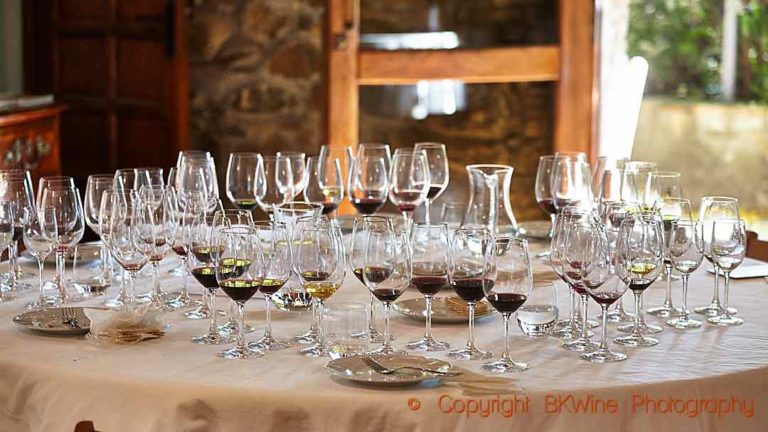

 A new year is beginning and also, probably, new discussions and new debates in the world of wine. What will be the main topics during 2013? Planting rights and the declining influence of Robert Parker?
A new year is beginning and also, probably, new discussions and new debates in the world of wine. What will be the main topics during 2013? Planting rights and the declining influence of Robert Parker?
Whatever it will be, the happy news is that the wine consumption in the world is again increasing. It does not mean that the wine producers can relax. Many still have to struggle to sell their wines and they have to be flexible and innovate to find new customers.
As always, it is an advantage to know what the customers want. In the US they know this much: the design of the label determines 50% of all wine purchases. So an appropriate New Year’s resolution for a wine producer might be to give the label design an extra thought.
If you like a label or not is of course a matter of taste. So, the producer must first decide which consumer group he is targeting. The traditional one or the modern and trendy one. For those producers who cannot make up their minds we recommend using a popular politician’s trick. Choose a middle of the road label to (hopefully) attract both groups.
We have all chosen wines by label sometime. It is nothing to be ashamed of. In the complex world of wine encounters with unknown wines and producers occur all the time. And a label actually says a lot, maybe more about the producer than the wine. Exactly what it says however, is not evident. I myself am easily seduced by chic, super designed labels. It shows a producer with initiative. This wine must be well made, I reason. Often I am right, but just as often the wine is a little too polished and impersonal for my taste. Whereas a dreary label something hides something really good.
A back label is often a good idea. It can help a confused supermarket customer to choose. A suggestion what to serve with the wine could be just the thing that triggers the buy. And do not forget to put the name of the grapes right there on the back if you have not already mentioned them on the front label. And it is better to be brief with large printing than the opposite. I would like to be able to read what it says even at the dinner table with romantic lighting.
And finally … remember…
… remember (1) that Champagne does not have exclusive rights to the technology of making bubbles. If you are drinking sparkling wine that is not champagne you are not drinking a copy! Prosecco, Crémant de Bourgogne, Crément the Loire, Cava, Champagne, it’s just different types of sparkling wine. With different origins, price tags and characters. Just as for reds and whites.
… remember (2) that you can still join us on one of the world’s best wine tours!
Happy New Year!
Britt & Per
PS: Recommend the BKWine Brief to your friends!
– – – – –
[box type=”note”]This is just the introduction to the latest issue of the Brief. Subscribe to the BKWine Brief and you will get the whole edition in your mailbox next month.[/box]







